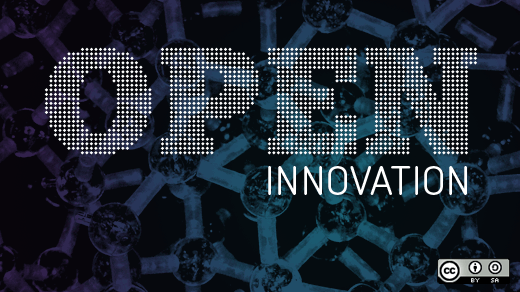OpenStack, due to its sheer size and complexity, can be difficult to keep track of. Each constituent part is managed and developed separately, and sometimes there's just too much going on to be up on everything. Combine the distributed nature of the project with a fast release cycle and even seasoned cloud operators can have trouble keeping up with features and components as they move through the development process.
To combat this, and to help bring everyone up to speed, each of the major components of OpenStack recently gave short presentations to explain what their (sometimes changing) core mission is, what each project accomplished in the last release, and what they're working on for Kilo, the next release due out later this year. And these presentations are as close to the source as you can get; each was given by the program team lead (PTL) responsible for managing the development of each component.
They range in length from 15-25 minutes or so, and are well worth the watch. Let's take a look and see what's new.
Nova: what's new in compute?
First up is Nova, the project for handling compute resources within OpenStack. PTL Michael Still gives an overview of the work done at the Kilo Summit, some of the vision for Nova's future direction, and a bit on the architectural improvements ahead for Nova. He also shares a bit about how, on the project management side, the formal specification process worked in the Juno release, and some of the ways that the team is improving this process during the current development cycle.
Neutron: networking priorities
Next up, let's take a quick look at the network abstraction capabilities presented by the Neutron project, led by PTL Kyle Mestery. Part of the work in the Kilo release is process oriented, trying to make it easier for developers to contribute. And part, of course, is feature oriented. As Neutron broke out networking support originally found in Nova, this includes ensuring feature parity between Neutron and the past Nova-networking.
Swift: storing objects in the cloud
Finally, let's take a quick spin at what's new in OpenStack's object storage implementation, Swift, with a great presentation from PTL John Dickinson. Adding erasure codes to storage policies, encryption features, and more are in the roadmap.
Beyond the basics
Of course, OpenStack is a lot more than just these three components. To build a complete cloud, you'll want a variety of components to work nicely together to provide for all of the needs of your applications, users, and developers. In addition to the three that I've highlighted here, there are plenty of other short video updates that are worth your time to watch and discover what's on the roadmap for OpenStack's next major release.
- Learn about what's new in Trove, the database-as-a-service component of OpenStack, which provides service provisioning for both relational and non-relational databases.
- See how Glance, which was designed as a set of services for storing, browsing, sharing, distributing, and managing bootable disk images, is evolving to manage a variety of data assets.
- Keystone, the OpenStack identity project, continues to evolve into a tool for managing client authentication, service discovery, authorization, and auditing.
- For telemetry within OpenStack, turn to Ceilometer, which is designed to reliably collection measurements of cloud utilization, store these measurements, and take action if they meet certain thresholds.
- Providing a clean, polished web-based user interface to OpenStack is Horizon, which is working to modernize and support more features.
- Zaqar, which until recently was known as Marconi, handles messenging services for OpenStack.
- Hear what's new with Sahara, which allows for easy provisioning of data processing tools like Hadoop or Spark on top of OpenStack.
- Good documentation is important too. As OpenStack continues to grow, learn about how the Documentation team is working to scale to meet the needs of the project as a whole.
- Finally, hear how the Release Cycle Management project is working to address integrated releases, stable branch maintenance, and vulnerability management.






Comments are closed.